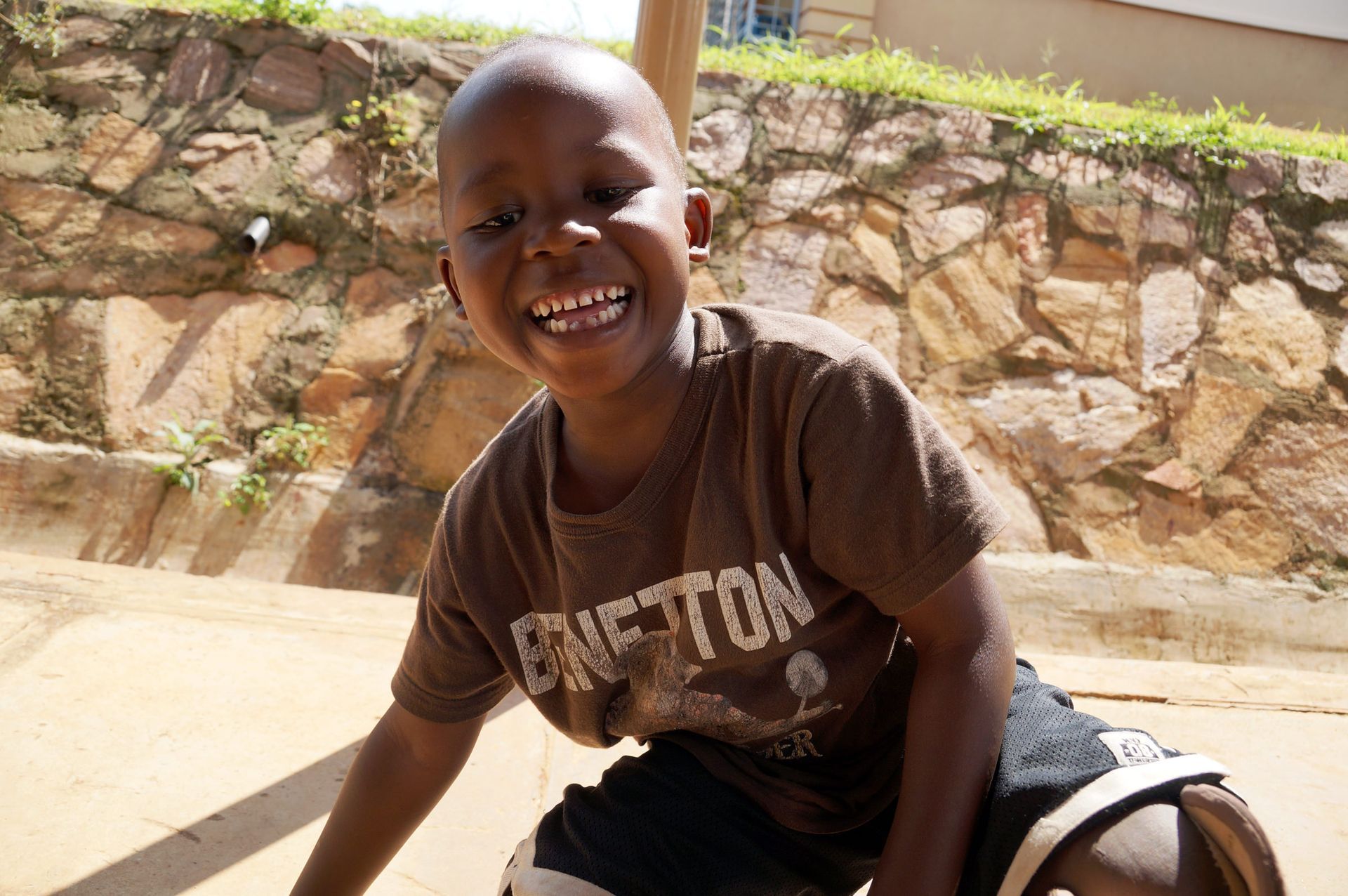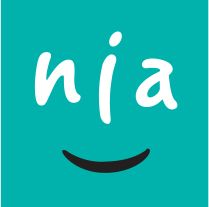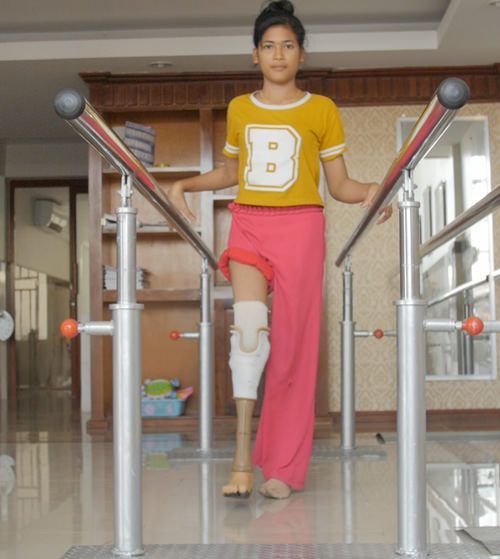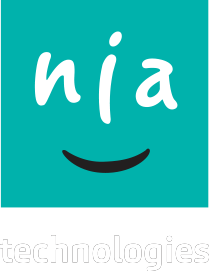The Need
Lower limb disabilities affect millions of children worldwide, and unfortunately, the majority lack the opportunity to acquire devices that could aid them in walking.
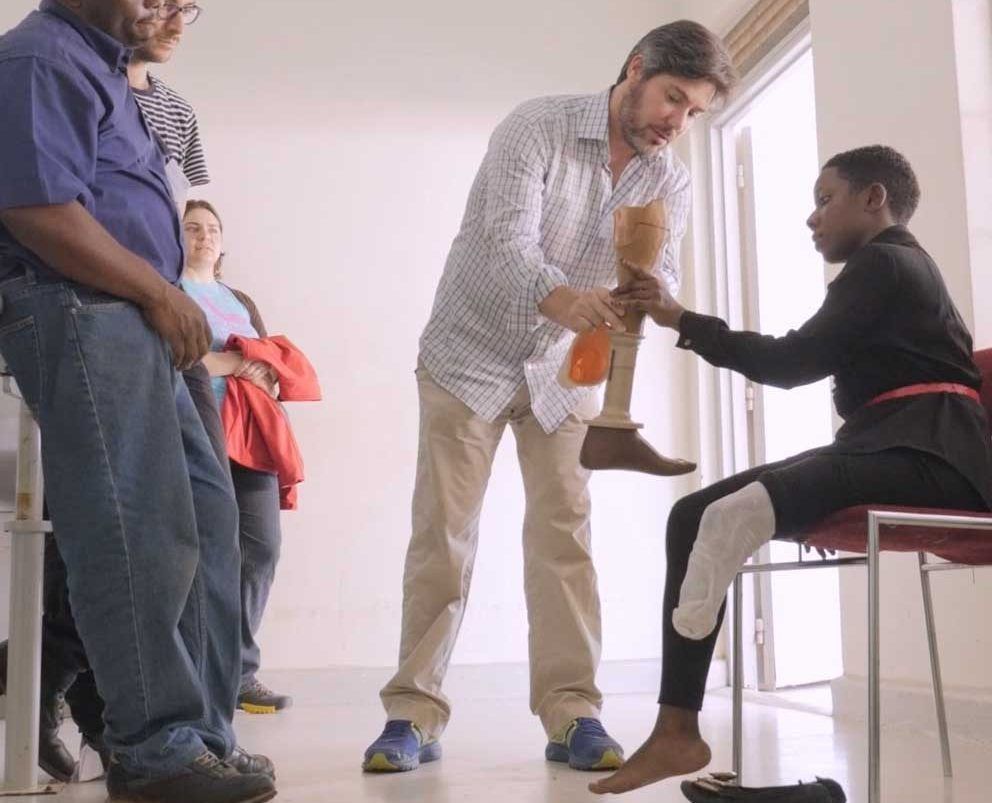
Children And Youth With Disabilities Face Greater Challenges
Children facing mobility challenges often encounter difficulties assimilating into their communities. Engaging in play with peers, attending school, and contributing to family chores become challenging tasks for them. They endure social stigmas and discrimination, which can contribute to the development of low confidence and self-esteem.
As they transition into adulthood, these individuals frequently experience discrimination in the workforce, potentially perpetuating a lifelong cycle of poverty.
Prosthetics & Orthotics Offer A Solution For Children With Lower Limb Disabilities
Orthopedic devices, including lower limb prosthetics and ankle-foot orthoses (AFOs), play a crucial role in facilitating children's ability to walk. The capacity to walk can significantly enhance a child's quality of life and open up new opportunities.
Lower limb prosthetic: A synthetic limb designed to replace a missing leg, with the aim of assisting an individual in acquiring or regaining the ability to walk.
Ankle-foot orthosis (AFO): A supportive brace worn on the lower leg and foot, intended to provide support to the ankle, maintain the correct position of the foot and ankle, and address issues such as foot drop.
The need for high-quality prosthetics and orthotics is great.
Access To Orthopaedic Devices Is A Serious Challenge
The problem persists for many reasons.
There Are Not Enough Trained Orthopaedic Clinicians
Currently there's a shortage of trained clinicians who can make custom-fitting prosthetic and orthotic mobility devices. The WHO estimates 40,000 more clinicians are needed to meet demand.

Fabricating Devices Is Costly & Time-Consuming
Traditional methods of producing custom-fitting devices is expensive and takes several days. It's a labour-intensive process that involves making a plaster cast and hand-wrapping the materials.

Patients Have To Attend Many Appointments, Often Traveling Far
It's time consuming and costly for families to attend multiple appointments. This is especially true if they need to travel long distances to reach the nearest clinic.
Nia Technologies Is Helping To Close The Gap
We’ve developed 3D printing technology to help clinicians increase the number of custom devices they can make in a week.
Our technology speeds up the production process by using digital scanners, custom software, and 3D printers.
This enables skilled orthopaedic clinicians to make high-quality, custom-fitting prosthetic sockets and AFOs faster and more cost-effectively than traditional methods.
Our Focus Is On Children And Youth
Why children and youth?
- Children need about 25 mobility devices as they grow.
- Children with disabilities are among the most vulnerable and marginalized groups in society.
- Providing a mobility device to a child can have a big impact on their confidence and life opportunities.
